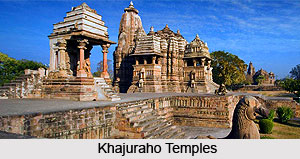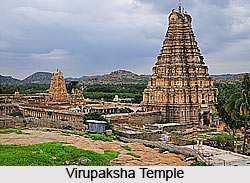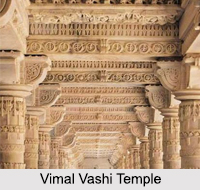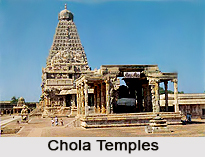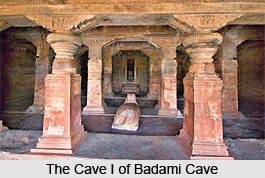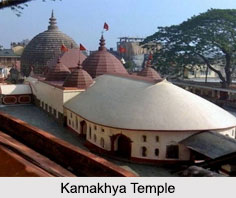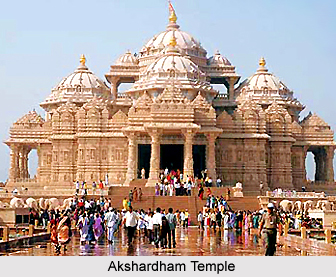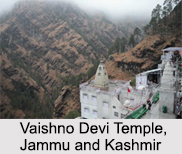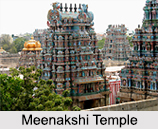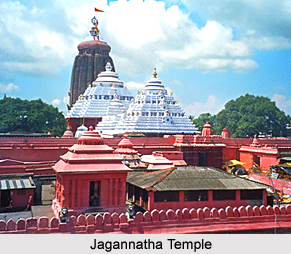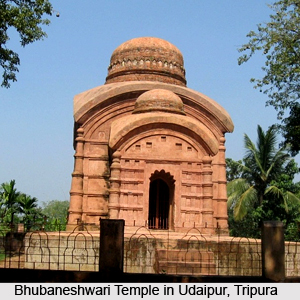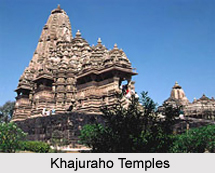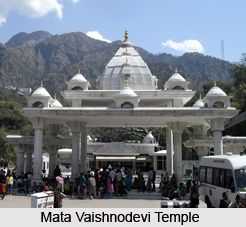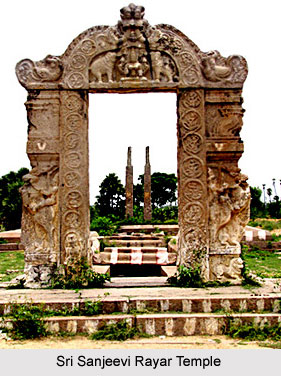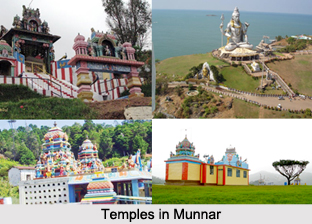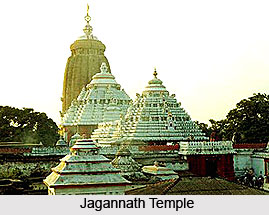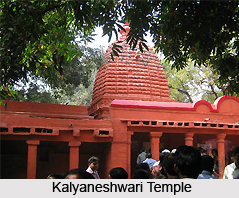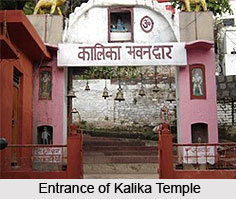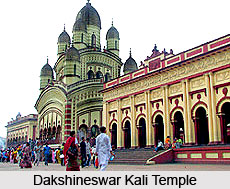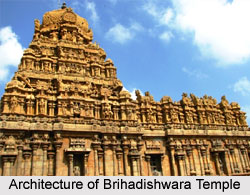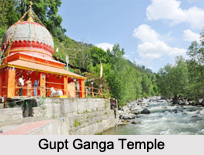 The district of Doda is located in the Indian state of Jammu and Kashmir. More specifically, it is situated in the eastern part of Jammu region. This district is divided into 8 blocks. They are the Bhagwa, Assar, Doda, Gundana, Marmat, Bhaderwah, Gandoh (Bhalessa) and Thathri. It is considered to be the 3rd largest district of Jammu and Kashmir, after Leh and Kargil. This district is fundamentally covered with forests, snow-capped mountain peaks and virgin trekking routes, for which it is regarded as an oft-visited tourist spot. Excelling in both mineral and agricultural production, Doda is a home to a host of temples along with the legendary Kailash-Mansarovar Yatra. In fact, this region is known to be religiously significant because it is a home to several well-known temples. This further enhances the tourist quotient of the place whilst making it a lot more vibrant. The Gupt Ganga Temple, the Thubu Nag Temple, the Nagni Mata Temple, the Alalbani Temple, the Subar Nag Temple, the Sheetla Mata Temple, the Vasuki Nag Temple and the Chandi Mata Temple are some of the well-known temples of the district of Doda. All these temples are located in Bhaderwah in Doda.
The district of Doda is located in the Indian state of Jammu and Kashmir. More specifically, it is situated in the eastern part of Jammu region. This district is divided into 8 blocks. They are the Bhagwa, Assar, Doda, Gundana, Marmat, Bhaderwah, Gandoh (Bhalessa) and Thathri. It is considered to be the 3rd largest district of Jammu and Kashmir, after Leh and Kargil. This district is fundamentally covered with forests, snow-capped mountain peaks and virgin trekking routes, for which it is regarded as an oft-visited tourist spot. Excelling in both mineral and agricultural production, Doda is a home to a host of temples along with the legendary Kailash-Mansarovar Yatra. In fact, this region is known to be religiously significant because it is a home to several well-known temples. This further enhances the tourist quotient of the place whilst making it a lot more vibrant. The Gupt Ganga Temple, the Thubu Nag Temple, the Nagni Mata Temple, the Alalbani Temple, the Subar Nag Temple, the Sheetla Mata Temple, the Vasuki Nag Temple and the Chandi Mata Temple are some of the well-known temples of the district of Doda. All these temples are located in Bhaderwah in Doda.
Gupt Ganga Temple
The Gupt Ganga Temple is located on the banks of the River Neru in Bhaderwah. The ruling deity of this temple is Lord Shiva. This temple is designed using stone slab. The dome of the temple is also made of stones in circular shape. It is believed that the shrine has been positioned in the same place where the Pandavas had spent a few days in Bhaderwah during their exile days. It is also believed that the footprint on one of the rocks at the temple is that of Bhima. In Indian mythology, Bhima is known to be one of the five Pandavas. History highlights that River Ganga suddenly fell on the Shiv lingam and then disappeared. This is the reason that this temple is called Gupt Ganga (gupt meaning secret in English language). The Gupt Ganga is considered to be an important ancient religious temple of this region.
Thubu Nag Temple
Thubu Nag Temple is situated on a hill a little above the Bhaderwah- Jai Road that separates Bhaderwah from Chinta Valley. The ruling deity of this temple is Thubu Nag. This temple is also associated with a procession in the wee hours of the morning. This procession is known to be large and is conducted following malchey second annual jater of Chinta Valley falling in the autumn every year. This journey commences from Karai to Thubu Temple. After reaching the temple, pooja is performed. It is believed that Thubu Nag blesses His devotees with a male child. Therefore, this temple is famous for being thronged by devotees with a desire to have a male child.
Nagni Mata Temple
The Nagni Mata Temple is situated on the right side of the Bhaderwh-Jai pedestrian. The ruling deity of this temple is serpent goddess. She is considered to be the sister of Thubu Nag. A noteworthy feature of this temple is the procession to this temple, which is taken out on the first day of the second Hindu month of Baisakh in April by a plethora of devotees. This procession is also associated with langar (also known as free kitchen in English) for the devotees of the temple. On this festive day, devotees are also blessed with the meat of the sacrificial lambs as prashad or sacred food.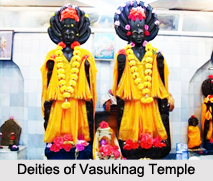
Alalbani Temple
Bhaderwah region also houses an ancient temple called the Alalbani Temple. More specifically, this temple is situated on a hill top. The deity of this temple is known for great spiritual powers. A Hindu festival, Janamashtmi is the main festival celebrated in this temple. It marks the birth of Hindu God, Lord Krishna. Alalbani Temple is considered to be the only temple where ancient musical instruments made of copper are played upon to pacify the deity, even today. According to the locals of the temple region, a person attempted to usurp a part of the temple land, few years ago. The locals tried to stop him by legal and other possible means. But when they could not, they thought of praying the deity to punish the trespasser. It is believed that since then no healthy child hasbeen born in the family of this person.
Subar Nag Temple
The Subar Nag Temple is considered to be an ancient temple of Bhaderwah town. It is situated at an altitude of about 8200 feet in the lush green meadows and is visible from Thubba village. Unfortunately, this temple became a victim to the frenzy of militants. During mid nineties, it was burnt by them. The new Subar Nag Temple is an RCC (Reinforced Cement Concrete) structure. The ruling deity of this temple is Subar Nag and is believed to be around 700 years old. Baisakhi is the festival celebrated in the temple every year. Thousands of devotees from surrounding areas including Chinta, Bhalra, Barasua, Chirala and Bhlara therefore visit this temple to become a part of the festivity. On the annual jater of Chinta that falls in Bhadon (July), another festival is celebrated in this temple. This festival is characterized by wooden mashals being carried by a plethora of people in their hands to Subar Nag Temple before dawn. These mashals are placed on one another in the form of a camp fire, which soon turns into a big heap of glowing coal. Priests, bare foot and chanting the religious slogans destroy the mashals. It is also known that during the process the pujaris make fore cast, which generally comes true. A belief related to this temple is that the newly wed young man whose mashal reaches the compound of the temple first, will be blessed with a male child by the God, Subar Nag.
Sheetla Mata Temple
Seetla Mata Temple is yet another ancient temple of Doda. It is located on a hillock called Rehoshra on the eastern side of Chinta Valley. This temple is dedicated to Goddess Seetla and has an ancient idol to represent the goddess. The deity of the temple is worshipped by poojaris of the nearby village, Sunarthao. Since time immemorial these poojaris are known to worship the Mata. It is during the harsh winters, when heavy snow covers the hill and the pooja has to be abandoned. This temple is frequented by a plethora of local residents and those living in the adjoining Chamba and Kathua region, throughout the year. They come to pay respect to the Mata. 8th of Navratra in the month of September or October, is celebrated in the temple every year. On this occasion, hundreds of lambs are sacrificed. The mutton is cooked, distributed among devotees and eaten as prashad.
Vasukinag Temple
Vasukinag Temple is known to be an ancient temple. It is dedicated to the Lord of the Snakes, Lord Vasuki. The temple is a home to two black stone piece idols of Vasuki Naag and Raja Jamute Vahan. A noteworthy feature of the idols is that they are standing mysteriously without any support. It is only after the ritual and puja at this temple, that the annual 3-day Kailash Yatra of Bhaderwah starts. Therefore, this temple can be called the torch-bearer for the Kailash Yatra. To pay obeisance to Lord Vasuki, this temple is thronged by devotees from far off places. The Vasukinag Temple is considered to be a remarkable specimen of art and sculpture of the region in which it is located.
Chandi Mata Temple
Chandi Mata Temple houses one of the several embodiments of Goddess Durga, Mata Chandi. It is situated at village, Chinote. Every year Trishule Bhaint Yatra comes here from Doda on 3rd of July. After days of bhajan keertan and Bhandara, the yatra returns to Doda in the evening.
Related Articles:
North Indian Temples
West India Temples
East India Temples
Indian Temples
South Indian Temples
